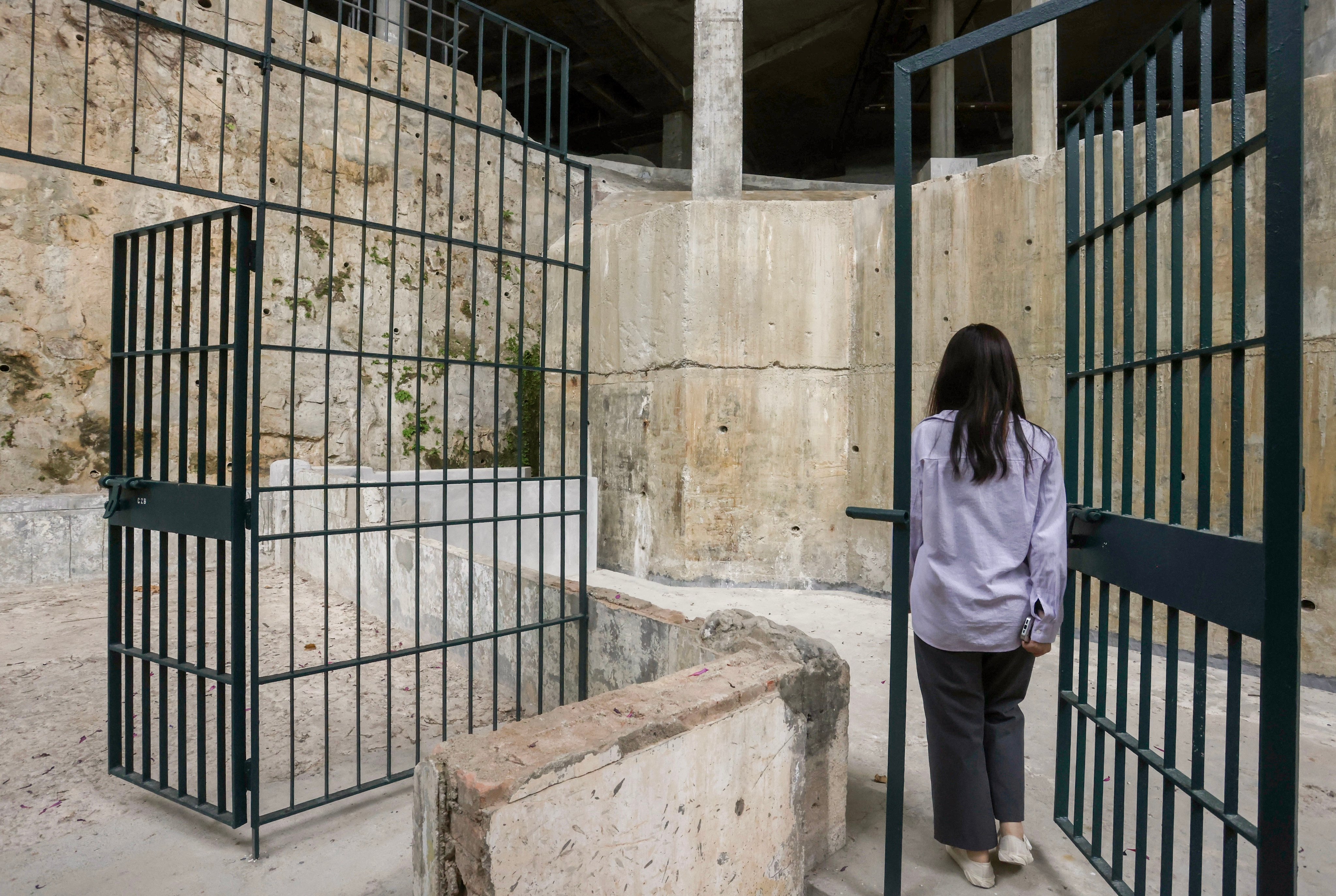
- The University of Chicago’s Hong Kong campus tells the story of the city’s wartime defeat to the Japanese and of its buildings’ subsequent occupants: prisoners
Travelling along Victoria Road by Mount Davis in Sai Wan is a treat for the eyes. The road’s proximity to the sea and a rare absence of high-rises by the coast offer a view of Victoria Harbour that feels boundless.
The University of Chicago’s Hong Kong campus, which opened in 2018, is a perfect spot to take in the view of rolling waves. But don’t let the tranquillity fool you. Just over 80 years ago, this is where the imperial Japanese and the British colonial armies fought one of the earliest battles of the Pacific war, on the same day as the attack on Pearl Harbour.
The location has since witnessed the transformation of Hong Kong. From 1951 to 1961, it was home to the British Royal Engineers. Then, until the 1990s, it housed the notorious Victoria Road Detention Centre. After the handover, in 1997, the site was left unoccupied.
The site’s story began in the 1930s, when the British colonial government built a battery here, named the Jubilee Battery, in anticipation of the looming war with the Japanese.
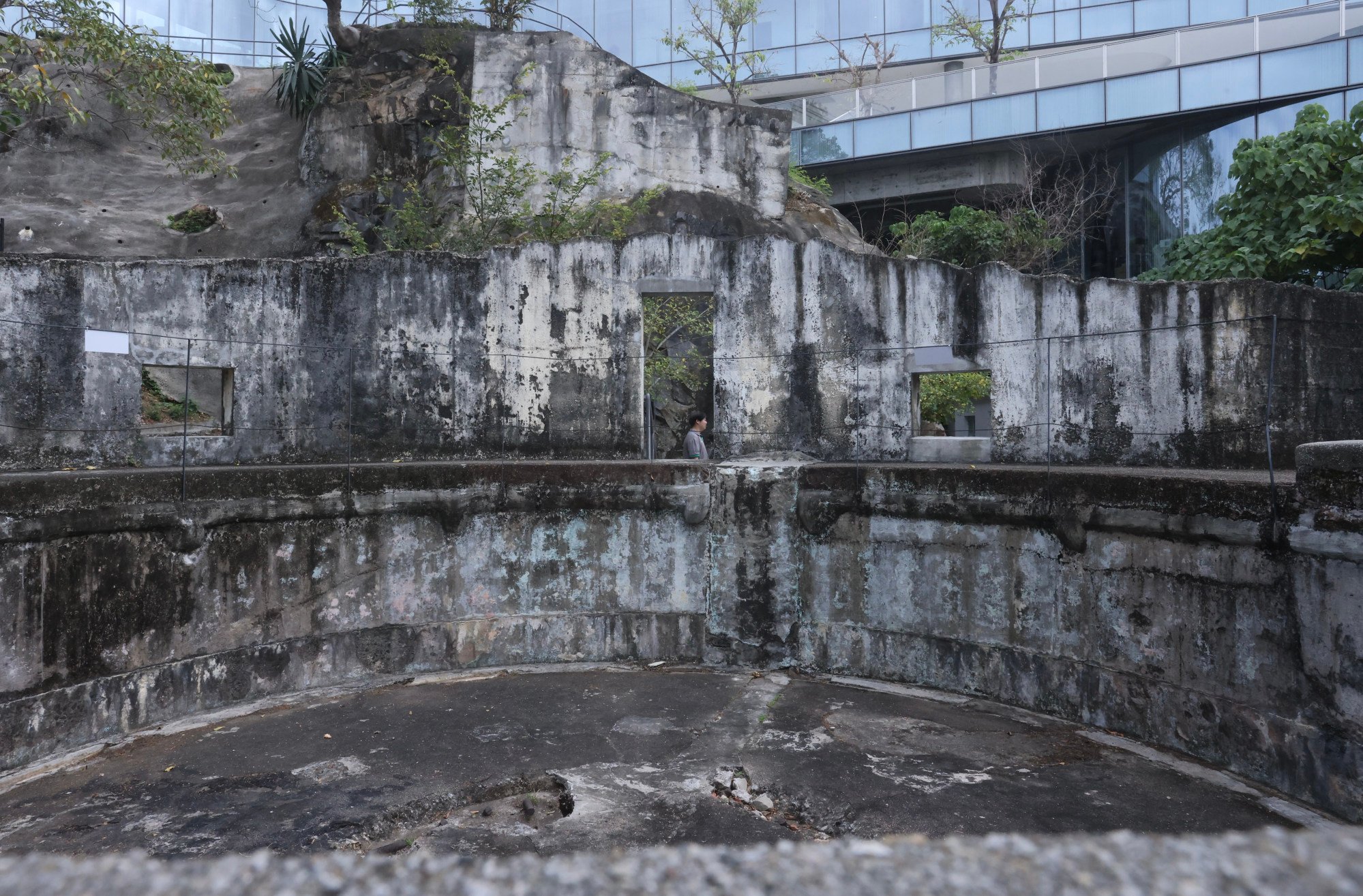
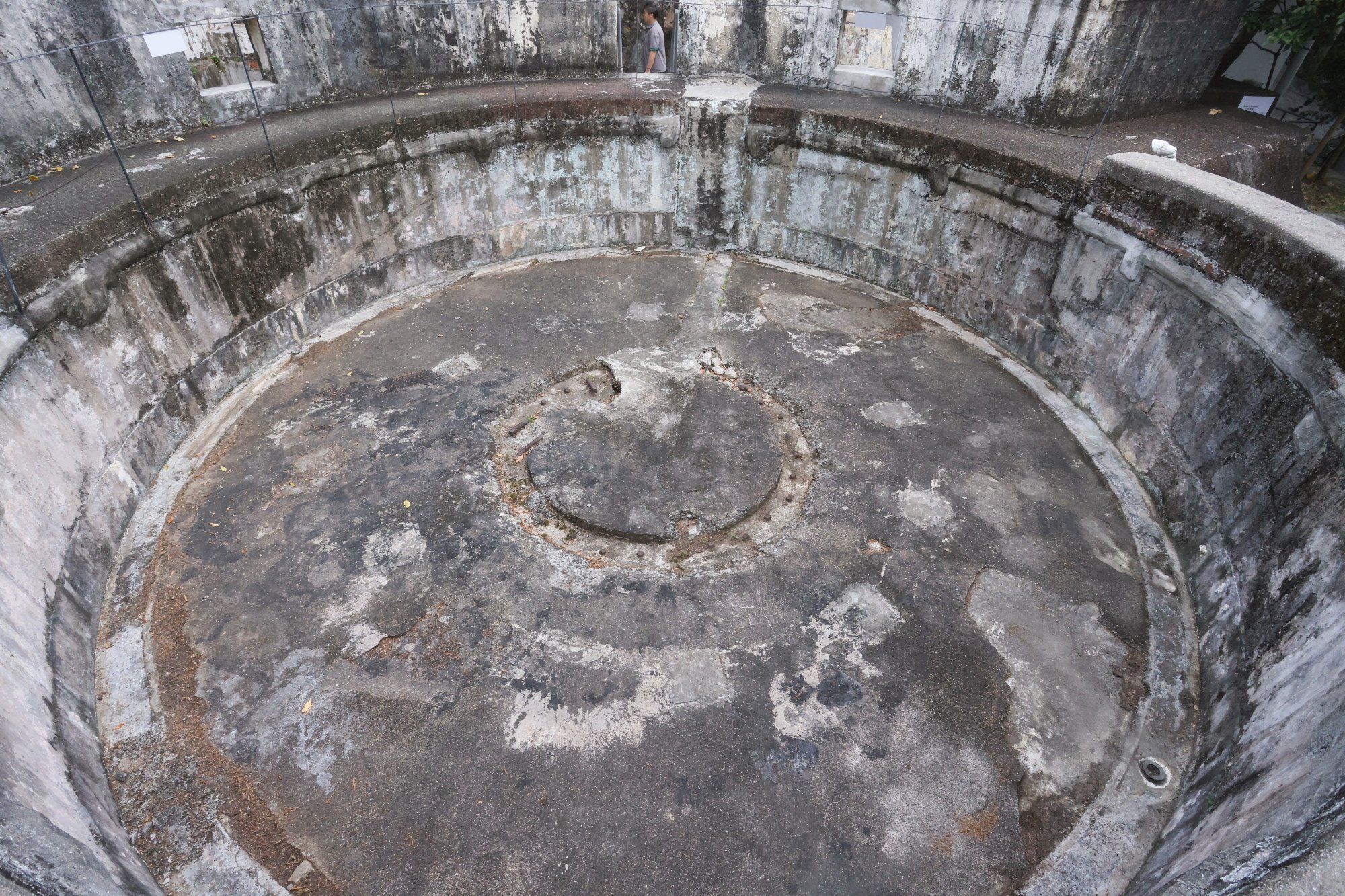
When the battery was finally used in 1941, the Republic of China under the Kuomintang had already been fighting the Japanese for four years in the second Sino-Japanese war.
The site had three gun emplacements, one of which has been preserved by the university’s heritage centre.
80-year riddle of Hong Kong tycoon Paul Chater’s missing art
These batteries were used when Japan invaded Hong Kong, on December 8, 1941, the same day as the Pearl Harbour attack in Hawaii, in the United States.
The Battle of Hong Kong was significant because it marked the beginning of a direct war between the Japanese and the British. Although the British had already been fighting the Germans in Europe, there had not yet been conflict in the Pacific.


From the Jubilee Battery, the British fired shells and cartridges at the Japanese army landing on Lamma Island. Such was the battery’s effectiveness in protecting the western side of Hong Kong Island that the Japanese were forced to land on the eastern side.
The battle lasted for around two weeks, ending on Christmas Day, with the British surrender. For the next three years and eight months of Japanese rule, the battery site was used as cells to hold prisoners of war.
Post-war, the site was used by the British Royal Engineers. The Block A building, which now houses lecture halls, was the living area for senior officers and had a rich brown timber staircase and flooring, as well as a fireplace, all of which remain.

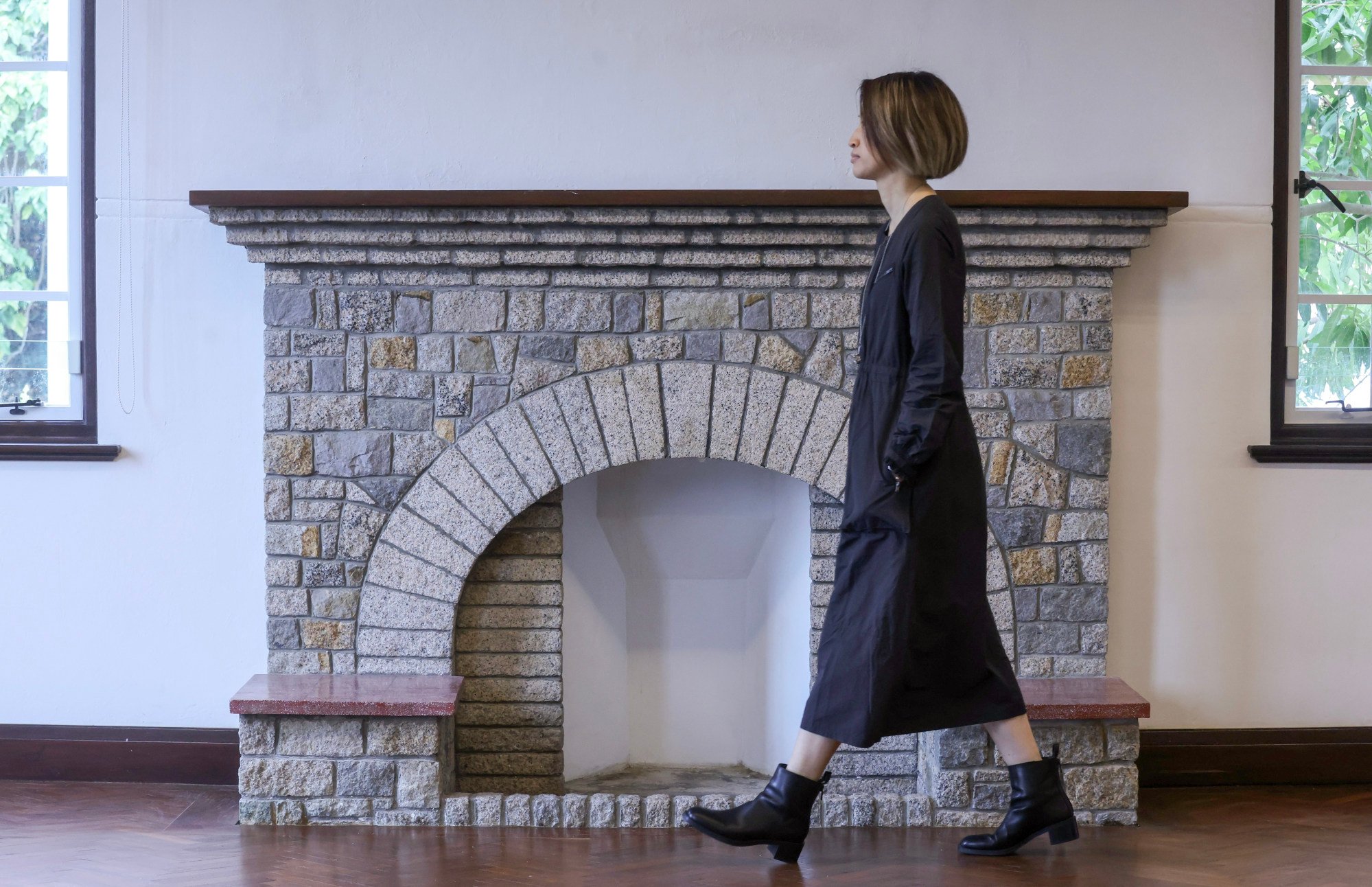
The Block B building, which was built in the 30s as part of the battery, served as living quarters for single engineers. Its purpose changed drastically in the 60s when the site was repurposed as a detention centre.
The last building open to visitors is Block C, which had larger jail cells for group confinement. It is down the hill from the main entrance.
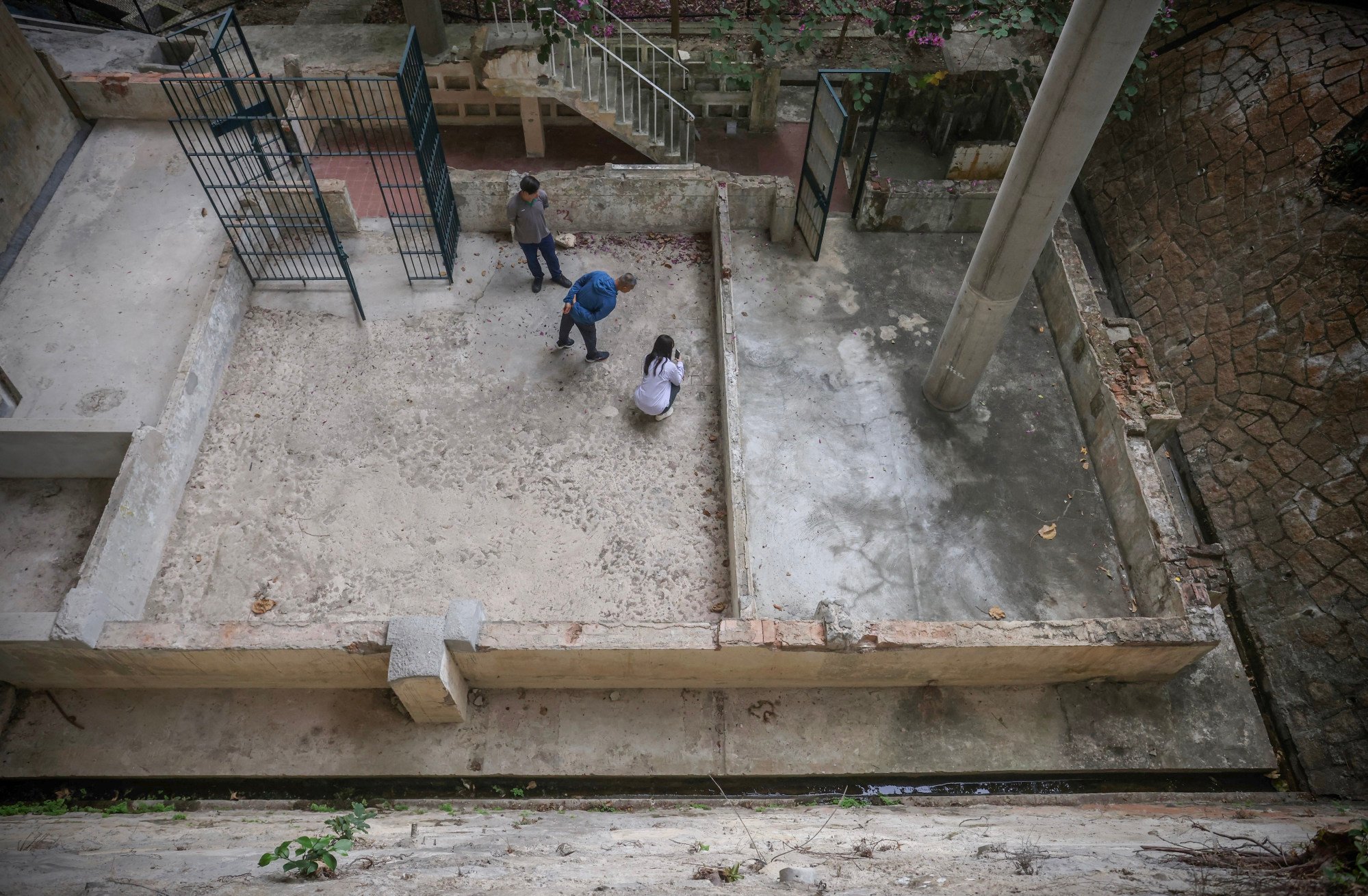

Back then, not many people knew of this block because of its secluded location. Now visitors can climb its staircases and imagine the building’s darker days.

